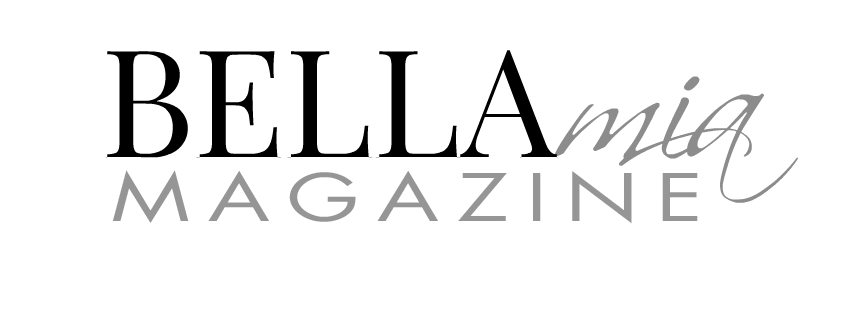 Your body is always working to keep you safe. When something stressful happens—whether it’s emotional, physical, or triggered by toxins and pathogens—your cells sound the alarm, signaling your body to switch into defense mode. This is known as the cell-danger response (CDR), where your body halts regular processes like digestion and repair to focus all its energy on the immediate stressor.
Your body is always working to keep you safe. When something stressful happens—whether it’s emotional, physical, or triggered by toxins and pathogens—your cells sound the alarm, signaling your body to switch into defense mode. This is known as the cell-danger response (CDR), where your body halts regular processes like digestion and repair to focus all its energy on the immediate stressor.
This system is lifesaving in the short term, but when it gets stuck in constant stress mode, it can cause inflammation, low energy, and chronic health problems. Healing can feel out of reach when your body thinks it’s still under threat.
The key to helping your body feel safe again lies with a little-known nerve that runs through your whole body: the vagus nerve.
The Science: The Vagus Nerve and the Cell-Danger Response
The vagus nerve connects your brain to your heart, lungs, gut, and other important organs. It’s a critical part of your parasympathetic nervous system, which is responsible for rest, repair, and digestion—what we think of as the “calm” state.
When the cell-danger response is triggered, your body goes into “fight or flight” mode: your heart beats faster, digestion slows, and inflammation ramps up. The vagus nerve is like a reset button that tells your body when it’s safe to calm down and start healing again.
But here’s the catch: the vagus nerve doesn’t just impact stress and digestion. It also plays a direct role in managing inflammation, supporting mental health, and connecting the brain and gut. When stress is constant—whether due to an unhealthy diet, unresolved trauma, or toxic exposures—the vagus nerve can lose its tone, making it harder for your body to regulate inflammation, stabilize mood, or maintain a balanced gut microbiome. This interconnectedness makes vagal health integral to overall wellness.
Practical Steps: Resetting Your Body’s Calm Mode
The good news is that there are simple, everyday ways to support your vagus nerve and help your body heal. These steps also enhance other areas of your health by addressing inflammation, mental well-being, and gut health simultaneously. Here’s how you can start:
- Breathe deeply.
Slow, deep breathing is one of the fastest ways to calm your nervous system. Try breathing in for five seconds and out for five seconds, focusing on filling your belly as you inhale. This practice not only improves vagal tone but also lowers blood pressure and reduces inflammation over time. - Use cold exposure.
Splashing cold water on your face or ending your shower with a burst of cold water can activate the vagus nerve and help your body relax. Cold exposure has also been shown to improve mental clarity and reduce inflammatory markers in the body. - Make sound (My favorite!).
Singing, humming, or chanting stimulates the vagus nerve and encourages relaxation. These simple activities calm the nervous system and improve oxygen flow to the brain, enhancing focus and mood. - Support your gut health.
The vagus nerve and gut are closely linked, so nourishing this connection is key. Eating fiber-rich foods, staying hydrated, and adding fermented foods like yogurt or sauerkraut can improve digestion, reduce bloating, and enhance communication between the gut and brain. - Connect with others.
Acts of kindness, gratitude, and meaningful interactions with others can improve vagal tone. These moments also release oxytocin, the “bonding hormone,” which reduces stress and supports emotional well-being. - Try gentle movement.
Yoga, tai chi, and mindful walking activate the vagus nerve while promoting better posture and circulation. These activities help regulate your immune response, making them especially beneficial for managing inflammation.
A Simple Reminder
Healing doesn’t have to be complicated. In nurturing the vagus nerve through simple, intentional acts, we access the body’s quiet power to restore itself—a reminder that profound change begins with the smallest steps. By calming the nervous system, we create the space needed for repair and growth. And because the vagus nerve connects so many systems, each step toward better vagal tone creates a ripple effect, enhancing digestion, mental clarity, emotional balance, and reducing inflammation.
Each breath you take, each moment of connection, and each small step you choose brings you closer to well-being. Healing is a process, but it’s also a reminder of your body’s incredible ability to recover when given the right support. And that’s something we can all take hope in.






[…] stress—triggered by free radicals from environmental toxins, poor diet, or chronic stress—worsens the problem by further damaging aquaporins. The result? Cells remain dehydrated, no […]